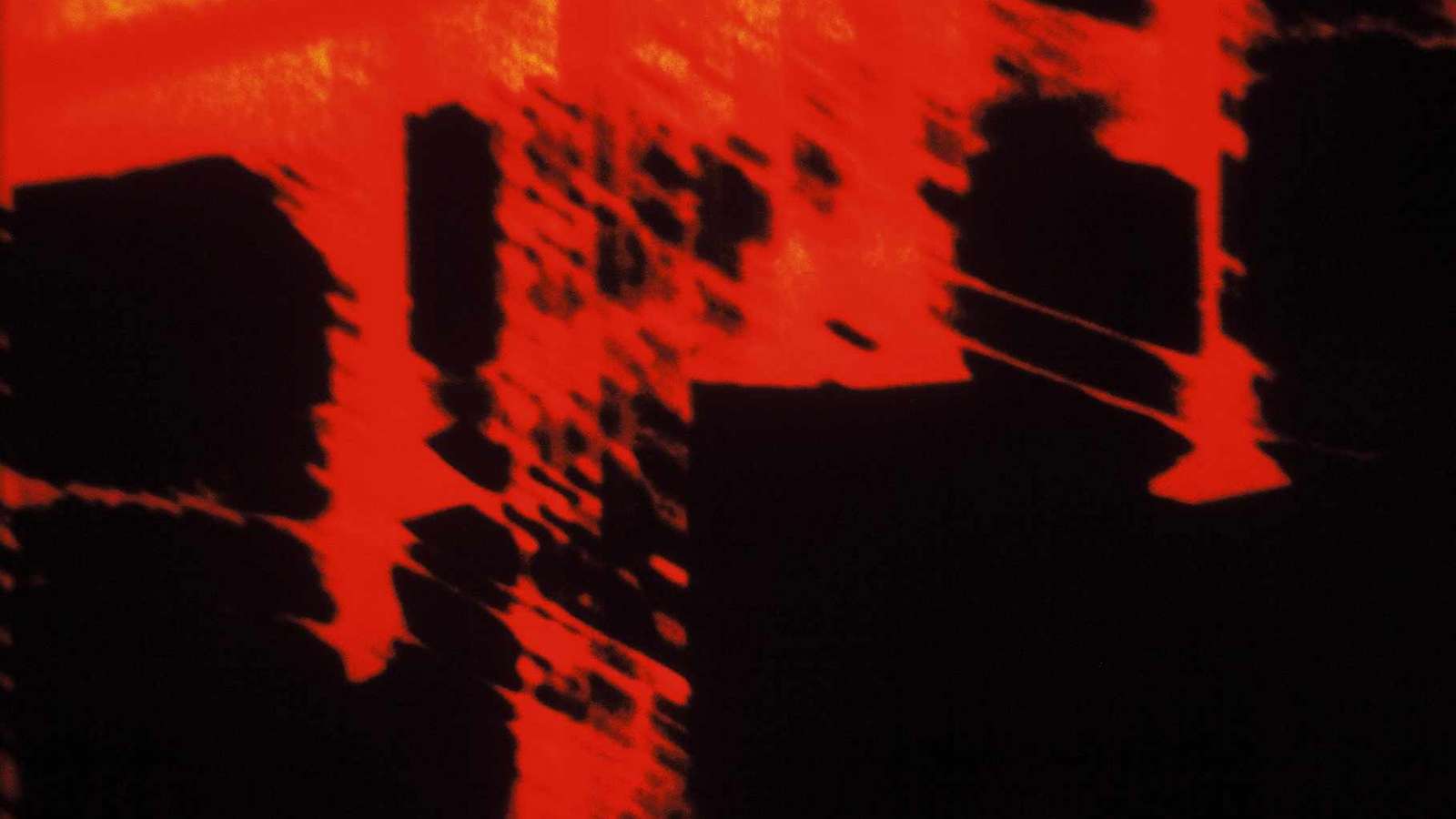67 minutes

Screened as part of NZIFF 2001
yann beauvais Short Films
yann beauvais has collaborated with Festival programmer and former Lightcone barmaid Sandra Reid to make this selection.
ЯR 1975
ЯR uses musical models as a paradigm. The central part of each section of the film is based on a transcription of a Bach composition for two voices.
The two screens underscore this paradigm insofar as one is always the simultaneous reflection of the visual development of the other, regardless of the position of the reels (left or right): a visual representation of the inversion technique of a theme that is often used in music. The use of mirroring deliberately side-steps the question of the reality of representation. It no longer has any importance, now that we’re in the domain of the reflected image, of imitation. The two images reflect one another in a constant back and forth, mimicking to a certain extent the development of the (fake) pans that comprise the film. The pans metaphorically evoke, if only superficially, the keyboard.
Amoroso 1986
A film sparkling with diamond-like fragments of Italy. A film of passion – passion for places (the landmarks of Rome), passion for the masterworks of experimental film (the evocation of Kenneth Anger’s Eaux d’Artifices through images of the same Tivoli garden fountain), and above all, passion for colour (the warmth of Roman stone, the deep green of summer vegetation, the rich reds and yellows of the 16mm emulsion itself). After the cerebral rigour of yann’s more formal work, a joyous cry from the heart. — Scott Hammen
Divers-Epars 1987
A suite of fresh or found footage sequences (of, or about, cities I frequent), edited in such a way as to allow for a fluidity and continuity that escapes narration. The editing plays with the sequences according to various arrangements that respect the film’s potential directions: passages from one place to another, one moment to another. To pass, to bridge one point to another, is to transform oneself, become other.
The film calls upon almost-leitmotifs to constantly relaunch an ebb and flow and to facilitate various transformations of scattered sensations.
Although light-footed and lyrical, the film doesn’t repudiate formalism, but prefers to employ it otherwise, taking into account the meaning and possible directions produced by the images and their rippling one into the other.
Spetsai 1989
Initially a diary film of a sojourn on a Greek island. Originally shot in Super 8, then blown up to 16mm and edited, the film then underwent a supplementary transformation when text was added. The text impedes the film’s unfolding, in that it makes the image pass into the background while also giving it another signification. The play between text and image, combining elements of diary filmmaking, the recording of memories, provides another kind of ‘souvenir’ of a journey.
New York Long Distance 1994
A film about my relationship with New York since 1962. It deals with the distance between a memory and the image of this memory, a distance we always try to be rid of.
In this personal film we see the images of a city from a close distance, hear autobiographical fragments on the soundtrack. The distance of recollection. The traces of this distance shape memory as much as the places, haunted by so many stories, do. We lose our bearings, head for a crash. A crash leading to a collapse in a vortex of effects.
Still Life 1997
This film considers the subject of HIV and AIDS from a variety of different viewpoints. Textual material in both English and French appears on screen at different speeds and rhythms, and the subject is also evoked by the human voice on the soundtrack.
These AIDS-related observations and experiences overlap with one another and emerge in fragmentary forms, whereas the official politics and approaches taken when dealing with AIDS are represented by the application of specific visual modalties.
Tritherapy has not eradicated AIDS: AIDS is being trivialised to make it easier to conceal. Althought confrontational, this film attempts to build bridges from which we can review our attitudes towards HIV and AIDS.
It is a personal reaction when confronted by a civilisation that promotes death as a way of life. The film attempts to affirm that something else exists beyond this wonderfully antiseptic, homogenous society in which we live.